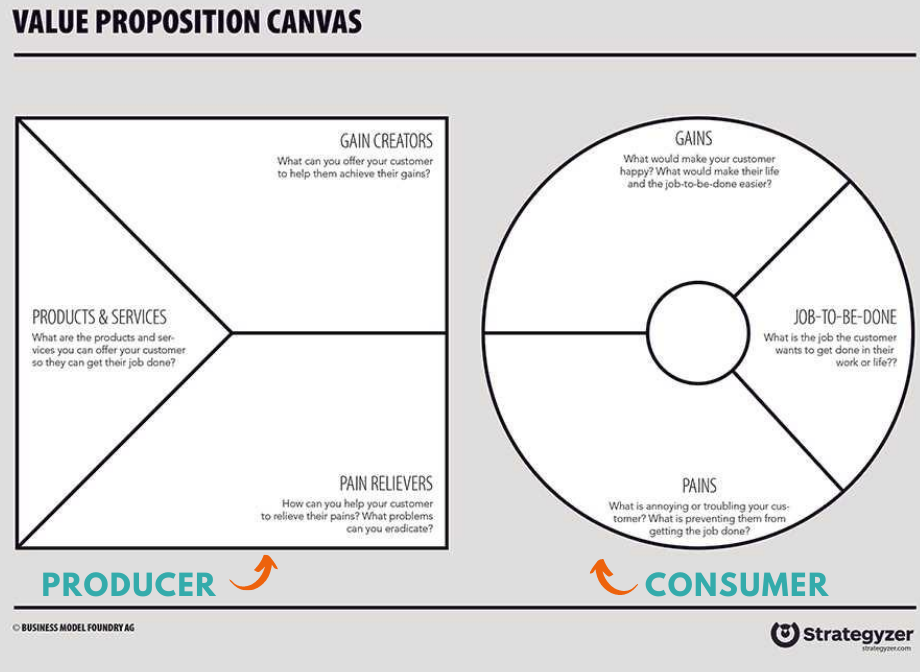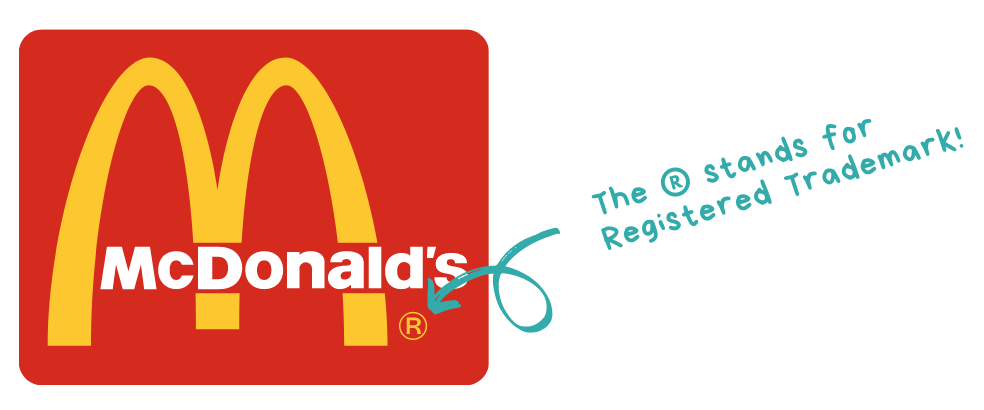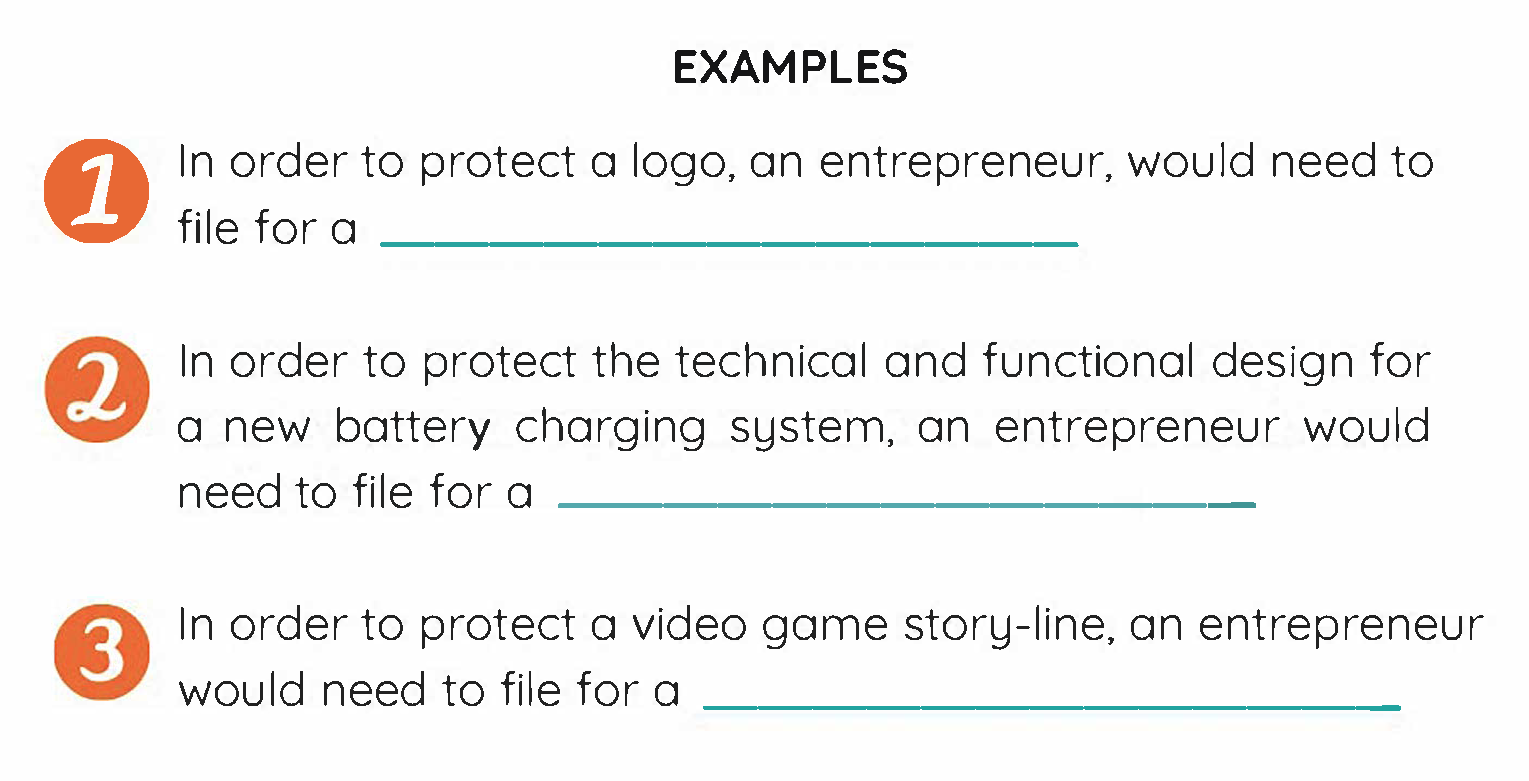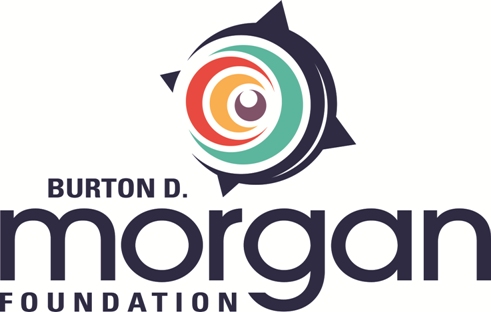.png?language_id=1)
Market
So, a pain point is a problem that a potential consumer is experiencing. Entrepreneurs explore and build solutions to fix these problems. However, in order to best understand the problem, and its possible solutions, you need to know about the consumer.
Dr. Alexander Osterwalder, a business theorist from Sweden, developed a tool to help explore the fit between your proposed product (the solution) and your consumer. He called it the Value Proposition Canvas.
There are six components to the Value Proposition Canvas. The first three questions focus on the potential consumer. They are:
- Jobs - What are the “jobs” of your potential consumer? These don’t have to be actual jobs where someone gets paid. They are just tasks and responsibilities associated with your potential consumer's “to do” lists. For instance, I have to unload the dishwasher (functional job), or I have to see what’s up with my friend that I haven’t seen in a month (social job), or I want to feel happier when I go into my bedroom (emotional job).
- Pains - What are the obstacles that are getting in the way of getting these jobs done?
- Gains - What are the things that make your potential consumer happy?
The next three questions have to do with the potential product. They are:
- Product/Service - What is a product or a service that would help address the pains and the gains that the potential consumer wants?
- Pain Relievers - How does your product address those pains that would be listed?
- Gain Creators - How does your product address those gains that the potential consumer wants?
In the Value Proposition Canvas, post your answers within the blocks starting on the right side of the canvas for the consumer.

Why didn’t the designer of this organizing tool put the consumer side (the side you start with) on the left?
You start by thinking about the consumer first- that being the gains, pains, and jobs they face. From there, producers build products and services, and gauge their alignment, to the consumer's needs and wants.
TO DO (on your own)Complete the Value Proposition Canvas for your product or idea. Remember to start on the right side. "Jobs" are not always paid work, but things that people need to get done. Complete those wants (gains) that people in general want related to the job. Complete those pains (obstacles) that get in the way of getting the job done. Afterwards, move to the left side and fill in the product ideas that help fit with the jobs that need to be done. Fill in the pain relievers that explain why this product will help fix the pains, and fill in the gain creators that explain why this product will help create the gains. |
|
For more information about how the Value Proposition Canvas can be used to determine fit or misfit in the marketplace, see this website for examples: |
TO DO (on your own)Now after reviewing your Canvas, what is the "market fit" between the gains and pains experienced by consumers and the potential pain relief and gain creation offered by your product? Is there alignment? Misalignment? How can your product be improved? |
Now that you have a potential product, are you sure that no one else has already had the same one? What if it is a little different? Can you keep others from stealing your idea? Do you own your idea? If it is an original idea or creative thought, you want to own and protect this intellectual property. Below are three different types of intellectual property.
Patents protect new and unique inventions like pharmaceutical drugs, complex machinery or advanced software. These protections prohibit others from using or importing the invention, usually granting the owner the rights to this innovation, but only for a limited time — generally 20 years. Patents operate under a “first inventor to file” system. That means failing to register your innovation means you could lose any legal protections if someone else registers before you — even if you invented it first!
A copyright protects artists and written ideas, thoughts, or stories. That includes things like photos, books, movies, songs, paintings, software code, and architectural blueprints. A copyrights gives its owner the exclusive right to reproduce and profit off the underlying work. Copyrights are automatic at the time of creation, but you can register with the government to get stronger protections.
If you come up with a unique name or logo design for a product that you don’t want anyone to copy, then you would want to get a trademark for it. Trademarks help businesses by making the differences between products clear to consumers. Anyone can start a soda company, but only one soda can be called Coca-Cola. There are many hotel chains, but only one is called Holiday Inn.
Here is an example of a popular trademarked logo:

To search the U.S. government's patent database, you can use https://patents.google.com/. Here’s what comes up when the term “cell phone” is put in:
.png?language_id=1)
The area on the left of the screen lets you filter your search more. All the patents that come up are related to cell phone technologies.
Clicking on “case for a cell phone” gives you this page:
.png?language_id=1)
The page shows the inventor’s name, other countries where the inventor may have applied for a patent, and a timeline of events in the patent process.
There is also a link on the page to find prior sketches (art) related to the product and to find similar or related products.
TO DO (on your own)Spend some time putting your idea into the google patent database. Did you find any similar products? Are there any revisions you would make to your idea or design based on the information that you found? Remember, it is illegal to infringe on someone else's intellectual property. |

Below, list what type of intellectual property would be required to protect your innovation and business: Copyright, Patent, or Trademark

|
|
Produced with funds provided by Burton D. Morgan Foundation |
|
*Think Tank to Shark Tank: From Engineering to Entrepreneurship is in no way affiliated with, associated with, or endorsed by Sony Corporation or Metro-Goldwyn-Mayer Studios Inc.


